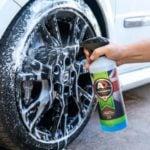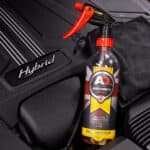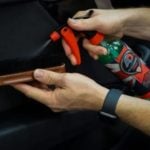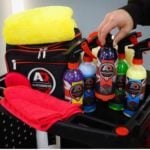Choosing a Wheel Cleaner
Washing vehicles at home, we rarely pay close enough attention to the wheels and tyres. Whether we’re in a rush or just can’t fathom tackling the burnt-on brake dust, heavily contaminated alloys, and grubby wheels. Wheel cleaning involves striking the right balance between removing dirt and grime but not scratching the easily marked alloys, which can only be achieved by using the right wheel cleaner.
Which Wheel Product?
Wheel cleaners typically come in 2 formulas, acidic and non-acidic both of which are suitable for different purposes. Acidic formulas tend to be more abrasive but do a great job of eating through heavy grime but should be used cautiously and only on heavily soiled wheels. Whether you choose acidic or non-acidic, using the right formula reduces the risk of scratches appearing when cleaning by mitigating the need for scrubbing or using harsh brushes. Our website has a wide range of wheel and tyre cleaners suitable for all vehicles, just ensure to read the instructions and apply them correctly to avoid damage and ensure the solution is suitable for the alloy materials.
Once you’ve established the best Wheel Cleaners for your needs, having the right tools is just as important in doing a good job removing dirt and maintaining the integrity of the wheel. Using a household sponge or scrubbing brush is not recommended as these can be overly abrasive and leave marks on the alloy or fibres on the wheel. Instead, use a brush set specifically designed for wheels and tyres always using the softest one that will remove dirt without aggressive scrubbing. Once you’ve applied your tyre cleaner, use the brushes to work it into all the crevices.
Add Protection
After you’ve washed off the tyre cleaner and rinsed it off, it is recommended to always apply a sealant or dressing to help seal in the clean and protect them from scratches, marks, and even dirt accumulation in between washes.








